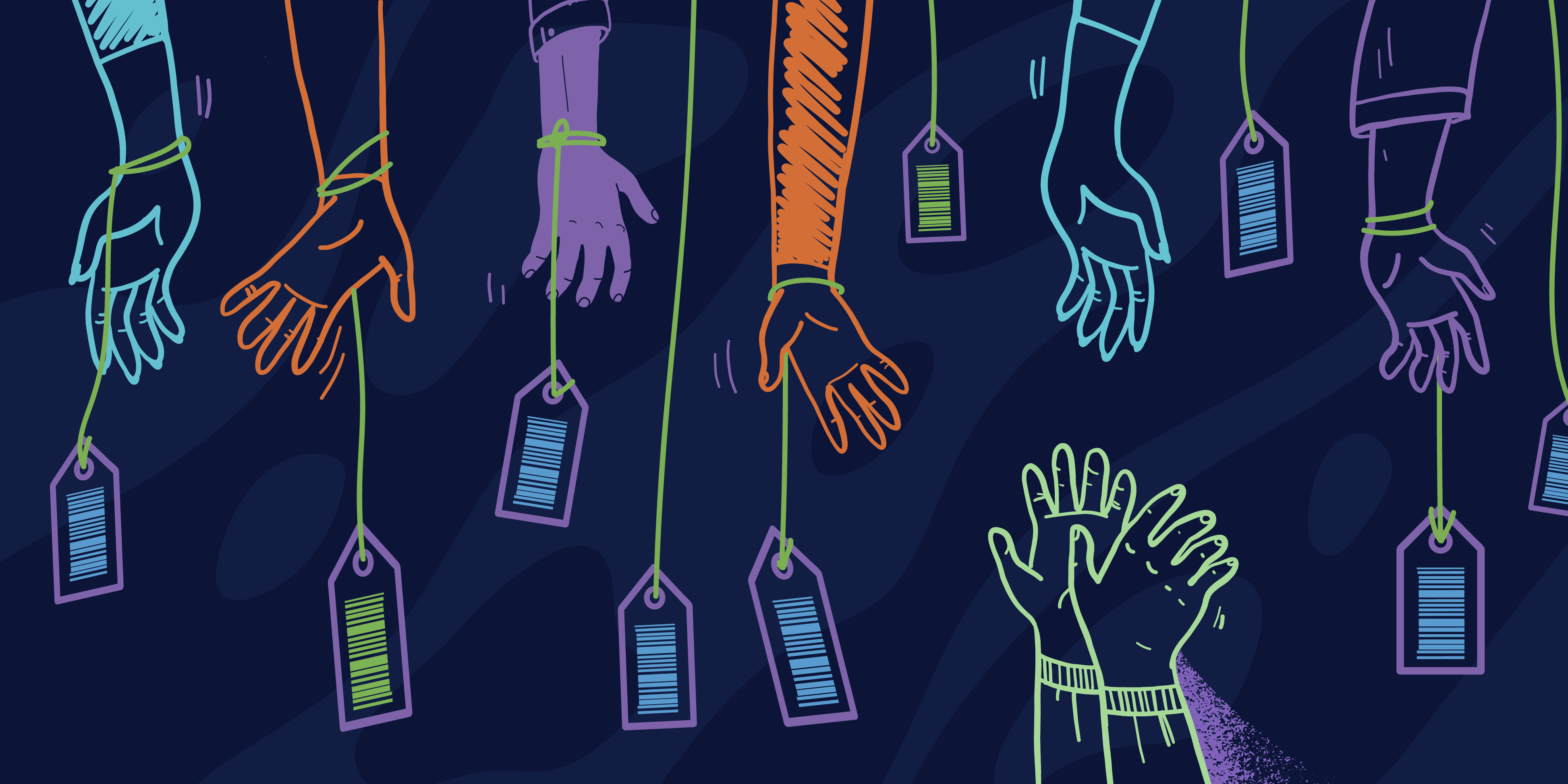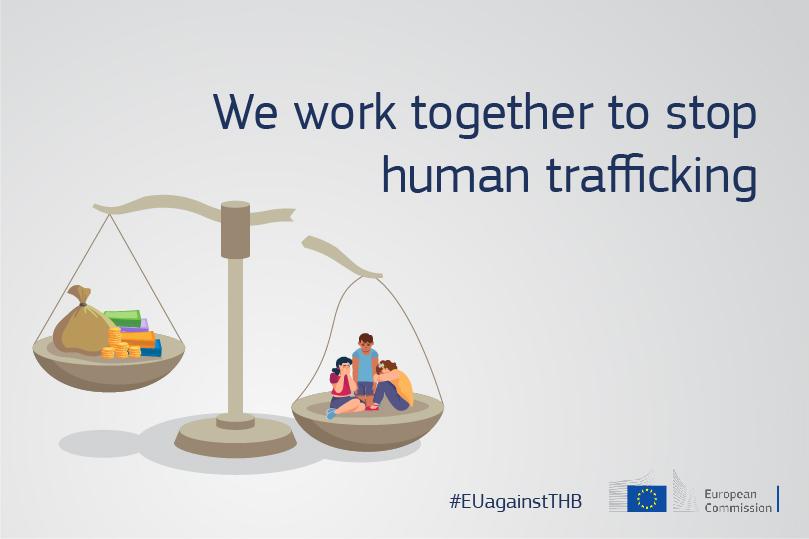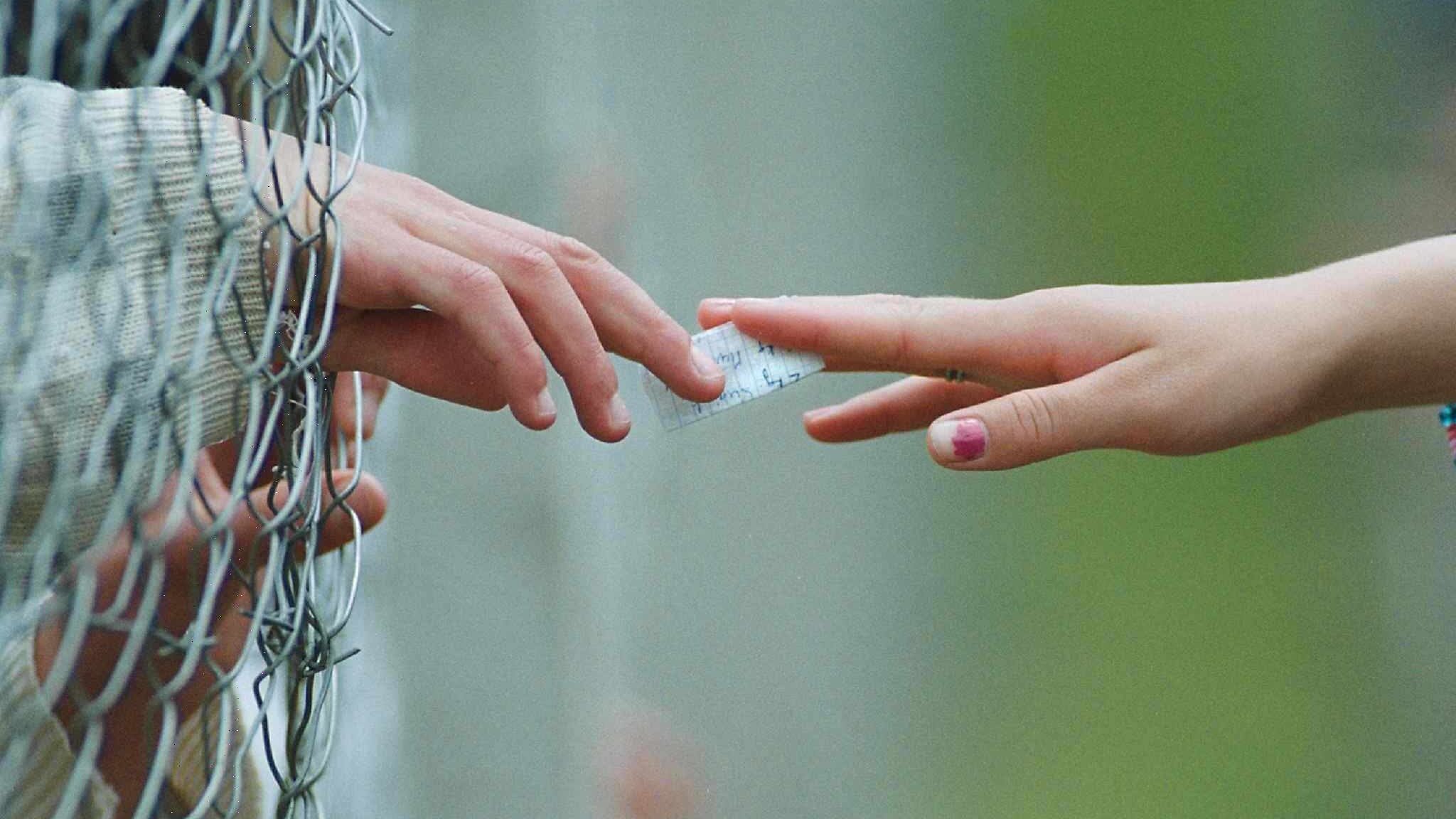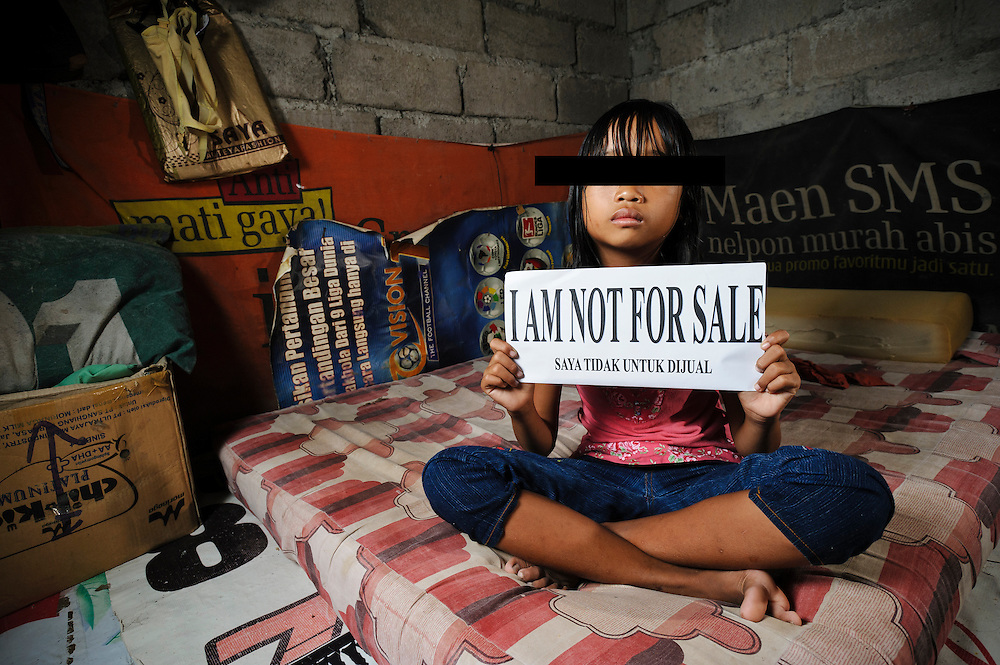By Maria Koulourioti,
We do not hear about it as much but is a phenomenon that existed before climate change and is still as relevant as crucial. Actually, how are humans supposed to fight issues like climate change if they cannot even defend fundamental freedoms? Just because it is not on our everyday newspaper or news podcast, it does not mean that it does not exist. Trafficking is not just the imaginary plot for the Taken movies. Modern slavery exists and many factors indicate it is at its highest point in the last decade.
Following the ancient institution of slavery, trafficking is a complex phenomenon on a continuum of exploitation. A predominant factor that diminishes the principles of basic human rights, is a violation that directly offenses the integrity and dignity of human rights. Trafficking in human beings is a global phenomenon. It happens in every country and every region. It continues to happen in the European Union, too.

In retrospect, an international humanitarian concern had risen for trafficking since the 1970s, although it was not until the year 2000 that an internationally recognized definition was agreed upon in the Protocol to Prevent, Suppress, and Punish Trafficking in Persons, especially Women and Children, which supplemented the United Nations Convention against Transnational Organised Crime. Forward, specifically in 2020, the number of registered victims of trafficking in human beings in the EU was 6534 (-16% compared with 2019) while there were 7,290 suspected traffickers (-8% compared with 2019 but a relatively high figure compared with 2008-2018).
The actual impact of policies on the trafficking sector of organized crime is unknown. Due to unreliable and/or lack of data, it is not possible to draw any conclusions. The actual number is likely to be significantly higher as a large part of victims remains undetected. Despite the progress achieved, trafficking in human beings remains a serious threat in the European Union, endangering thousands of individuals every year, particularly women and children. Traffickers benefit from social inequalities as well as the economic and social vulnerability of people, which have been exacerbated by the COVID-2919 pandemic, making it easier for perpetrators to find victims.
As mentioned, the phenomenon of trafficking today is tied firstly with the lack of evidence representing the actual number of trafficking victims since only the reported ones are used for our given information. For instance, EU countries reported 15,846 victims of human trafficking between 2013 and 2014, 76% of which were women and girls, according to a European Commission report. However, the actual number of victims could be far higher than the ones reported. Thus, there are numerous points to which the approach of Europol or the European Union, in general, has been proven ineffective.
First and foremost, La Strada International – a European NGO Platform against Trafficking in Human Beings review of EU rules –, estimated back in 2020 that the pact on Migration and Asylum 2020 will instead increase the risks of exploitation and human trafficking, as well as violations of exploited and trafficked person rights. And the results published by the Council of the European Union did not contest the organization’s estimations; in 2010, Member States reported a total number of 9,528 identified and presumed victims, while in 2020 the number of registered victims of trafficking in human beings in the EU was 6,534. This, of course, does not prove whatsoever the successful implementation of the strategy, since the number of suspected traffickers has risen to 7,290, with the convictions being at the lowest point since 2018. The overall conclusion based on the findings of this report is that significant challenges remain in tackling the different aspects of trafficking in human beings.

There are three main causes of the stability behind these statistics. Firstly, the restrictive approach of the previous pacts and strategies, the border pressure, and finally, the lack of protection for the vulnerable.
To begin with, the prevention and combating of human trafficking and other international crimes has often been used to “justify” measures to prevent irregular migration, impose rigid visa policies, increase border controls, and obstruct family reunification. This narrative continues in the Pact. The incorporation of human trafficking falls into the category of migration, especially irregular migration, which is arguably one of the main reasons for the lack of success of EU anti-trafficking policies to date. However, restrictive policies contradict their proclaimed purpose, as they create situations in which human rights violations are more likely to occur. State policies that increase border control and surveillance, and reduce opportunities for safe and regular migration, have created a market for irregular migration, including human trafficking and other abuses, due to increased reliance on smugglers. In continuation, many trafficked persons are currently forced to return or deported to other EU countries or their countries of origin, denying them access to their rights as victims of trafficking, as well as indulging risks of other human rights violations, removing them completely from their social support network.

How does this cycle of new pacts, strategies, and directives end with an effective approach to human trafficking? Another revision to improve the current state of events is the proactive early identification of victims, which must be accelerated by strongly supporting and addressing victims’ needs. The answer is the three p’s: prevention, protection, and prosecution. Not only discouraging but prohibiting demand as part of prevention measures is addressed in the Anti-trafficking Directive, which opts that every country criminalizes the known use of services given by trafficking victims, even if the final decision is left to Member States.
Here, education will play a vital role, in eliminating the number of victims, it is better to prevent than to prosecute. Awareness-raising campaigns on the risks of trafficking are major means to detect and prevent crime. They aid to compel the public, employers, and users of services for victims aware of trafficking. Such campaigns are best conducted in cooperation with relevant civil society organizations. Following the underlining of intersectionality, individuals get trafficked regardless of age or gender, however providing support for women and children, who are the two highest categories of trafficked persons.
It is crucial to implement the principles of the EU Strategy to Tackle Organised Crime 2021-2025 without repeating the previous deficits and inaccuracies. Although a strong legislative and humanitarian approach won’t be replaced by a simple redirection of the written principles, to see the change we have to initiate it ourselves. Human life is identified by its rights. Without them, we might as well be cargo. But people are not cargo.
References
- Lucrecia Rubio Grundell. MPC Policy Brief: EU anti-trafficking policies: from migration and crime control to prevention and protection. academia.edu. Available here
- Trafficking in human beings. Eurostat. Available here
- Preventing exploitation and trafficking in the sex work sector. demandat.eu. Available here




